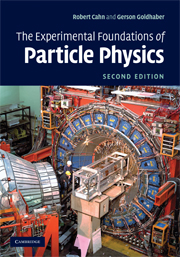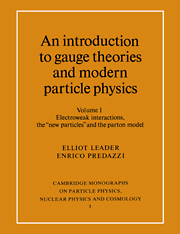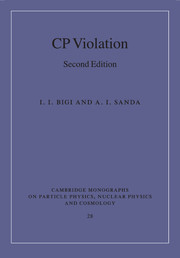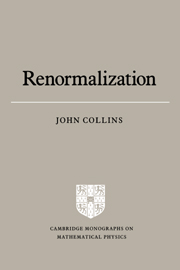General
Relativistic quantum field theory has been very successful in describing strong, electromagnetic and weak interactions, in the region of small couplings by perturbation theory, within the framework of the standard model.
However, the region of strong coupling, like the hadronic spectrum and various scattering phenomena of hadrons within QCD, is still largely unsolved.
A large variety of methods have been used to address this question, including lattice gauge simulations, light-cone quantization, low energy effective Lagrangians like the Skyrme model and chiral Lagrangians, large N approximation, techniques of conformal invariance, the integrable model approach, supersymmetric models, string theory approach, QCD sum rules, etc. In spite of this major effort the gap between the phenomenology and the basic theory has only been partially bridged, and the problem is still open.
The goals of this book are to provide a detailed description of the tool box of non-perturbative techniques, to apply them on simplified systems, mainly of gauge dynamics in two dimensions, and to examine the lessons one can learn from those systems about four-dimensional QCD and hadron physics.
The study of two-dimensional problems to improve the understanding of four-dimensional physical systems was found to be fruitful. This follows two directions, one is the utilization of non-perturbative methods on simpler setups and the second is extracting the physical behavior of hadrons in one space dimension.



